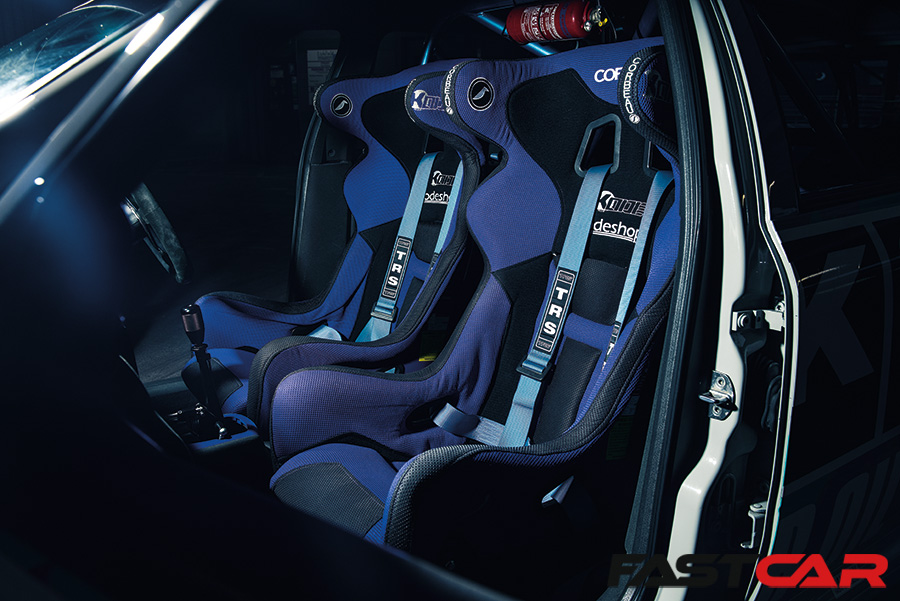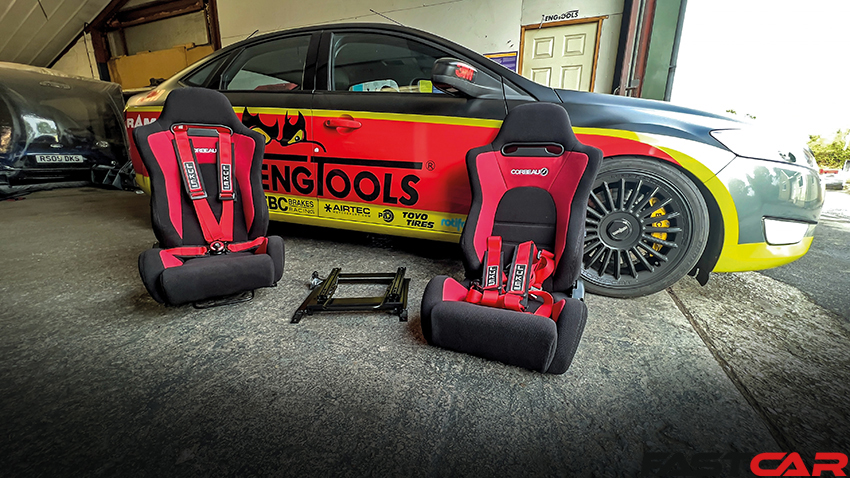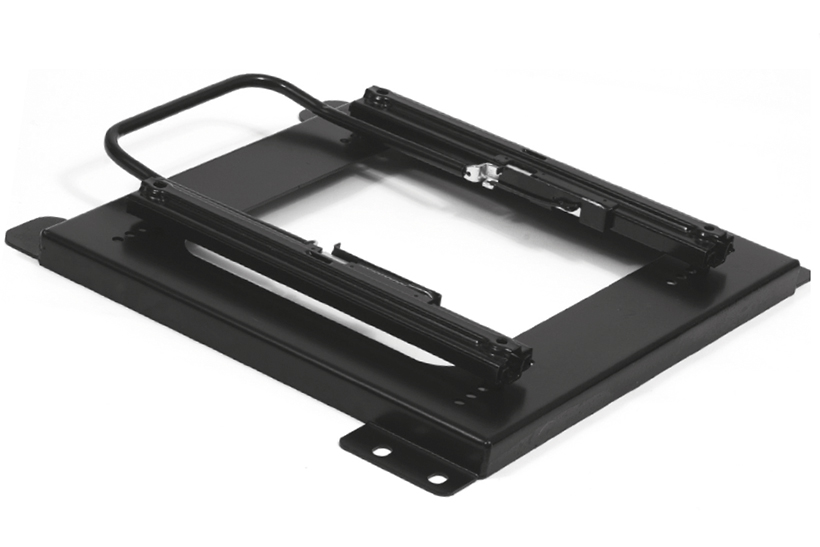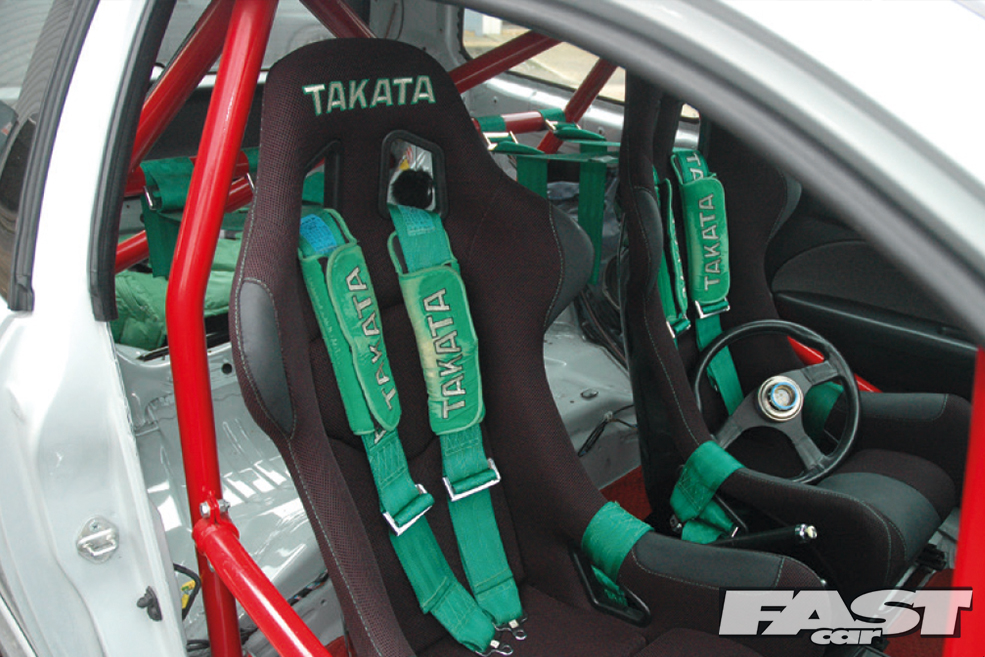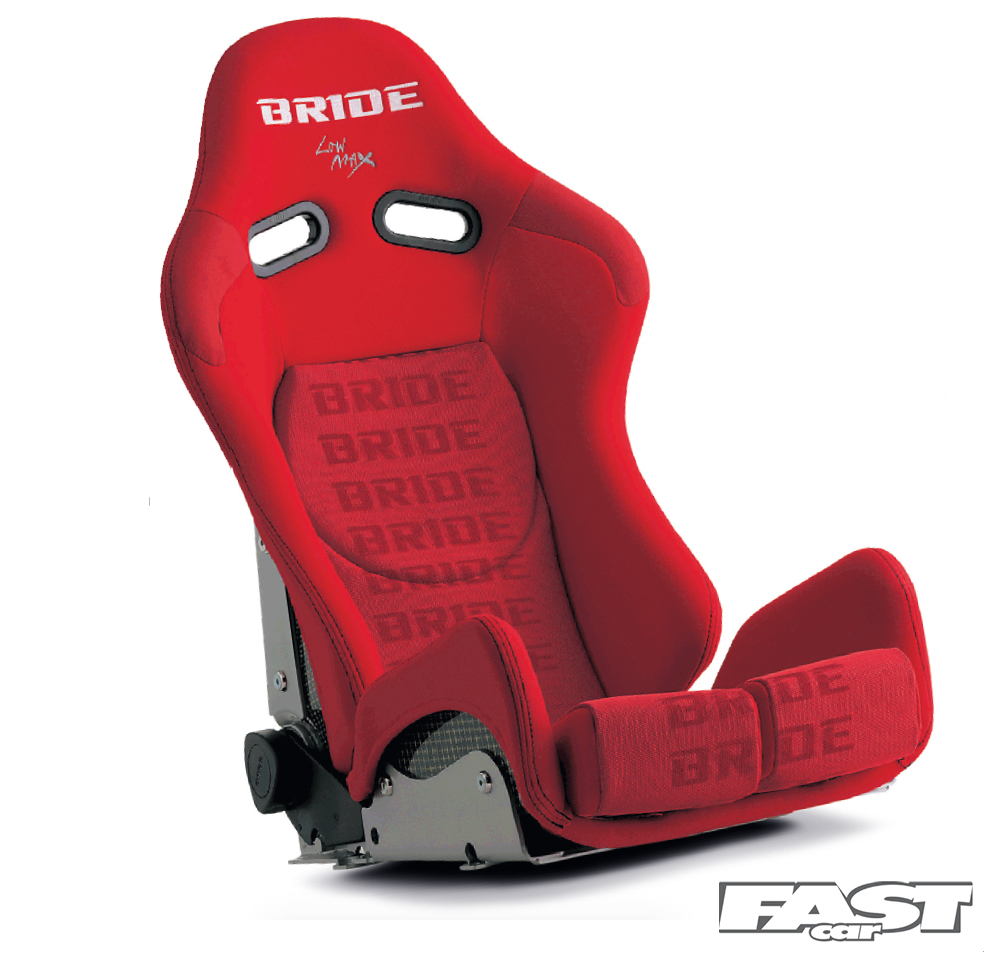In this guide we take a detailed look at the issues you might encounter when you install aftermarket car seats, and how to overcome them.
Aftermarket seats offer a variety of options for both comfort and performance. Compared to factory seats, sport seats offer better support and improved ergonomics. They can also improve the interior styling of your car, giving it a more personalized touch. Plus, choosing the right seats can increase the resale value and desirability of your vehicle. So, if you’re looking for a way to make your car more comfortable, stylish, and valuable, consider fitting aftermarket seats alongside your other car modifications.
The Advantages of Aftermarket Seats
Upgraded seats, such as those from popular brands like Recaro, Cobra, Corbeau, and Sparco models, offer a range of advantages for car owners. These car seats use premium materials that ensure durability and longevity in modern cars. With improved bolstering and lateral support, aftermarket seats provide a comfortable driving experience, especially during cornering and heavy braking.
Installing more supportive aftermarket seats helps reduce driver fatigue on long journeys. Plus, in the event of an accident, these upgraded seats provide added safety measures – many benefit from FIA-approved construction and side mounts.
Also, you can customize them to match your personal tastes. Choose from a range of recliners or fixed-back bucket seats, in loads of different styles and tons of colors. You can even have aftermarket seats trimmed bespoke for your car. So, aftermarket seats can bring both performance and style gains to your car.
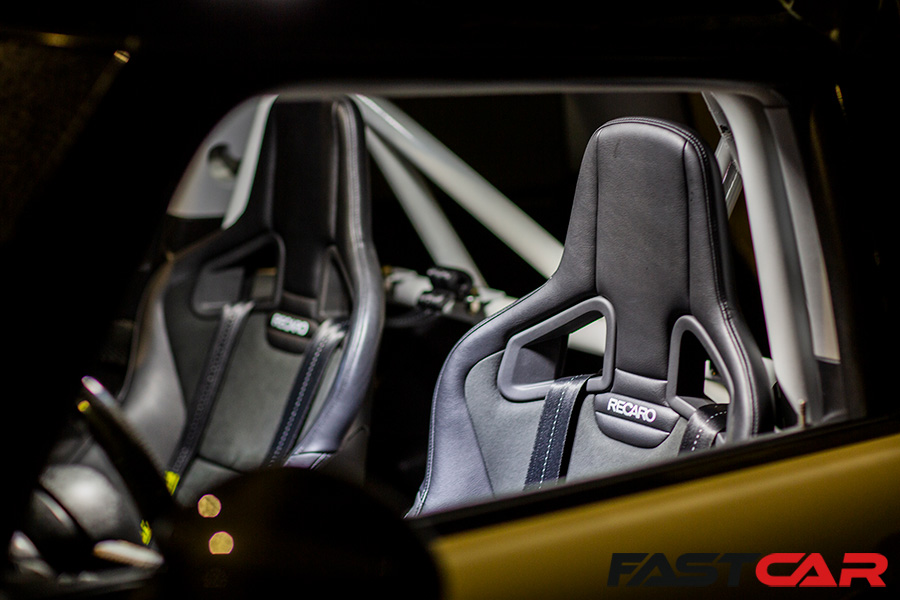
How to Choose the Right Aftermarket Seats for Your Car?
When choosing aftermarket seats for your car, consider the intended use of your vehicle. Take accurate measurements of your car’s interior to ensure proper fitment. Research and compare different brands and models, considering factors such as comfort, material quality, and style. Seek expert advice or consult forums for recommendations.
Different Types of Aftermarket Seats: Racing and Sports
When considering aftermarket car seats, it’s important to understand the different types available. Racing seats specifically designed for track use feature high-side bolsters and harness compatibility. Some even have wrap-around head restraints for additional support in the event of a crash. Race seats constructed from carbon fiber or composite materials, and provide a lightweight yet sturdy option for racing enthusiasts. Usually, they are side-mounted with the fixing brackets bolted to strengthening bars that are connected directly to the chassis. This provides maximum protection in the event of an impact but also adds to the cost and complexity of the installation
On the other hand, sports seats designed for road use offer a balance between comfort and performance, ideal for spirited driving. Many can be fitted to the existing seat subframes, or aftermarket vehicle-specific subframes can be ordered to make installation easier. They may come with adjustable features like lumbar support and tilt functions to provide better comfort on longer journeys.
Fitting Aftermarket Car Seats
The key to a successful installation is making sure you have all the right tools and equipment to hand. For most street cars, fitting aftermarket seats is often as simple as unbolting the old ones and installing the new. But, only if you have everything to make it a bolt-in conversion. In most street car applications, you’ll be using the existing mounting points in the floor. These points are designed to take the load in the event of an accident, so it’s crucial to use them. Check you have the correct subframes or bases for your vehicle, or that you can fit the necessary mounting brackets to your existing subframes. That way, you can install your new seats using the existing mounting points.
For more complex installations, like those in race cars, you may need to fire up the welder. Most race seats are side-mounted to a set of alloy or steel mounting brackets. These brackets need to be securely fixed to the car. The best way of doing that is to weld cross bars between the outer sills and transmission or exhaust tunnel, forming one rigid structure across the floor. This provides an incredibly strong structural fixing for the seat brackets to be mounted to but is significantly more complex than installing a set of custom subframes in the original mounting points.
While physically bolting in a set of aftermarket car seats might be easier in a street car than a race car, there are a number of potential issues you’ll need to address too. Depending on the make and model of your vehicle, you may not find an off-the-shelf subframe solution available. Therefore, modifications or fabrication may be required to properly install the new seats. If you are not confident in your abilities, you should seek professional assistance.
Safety Considerations When Replacing Original Seats
As car seats are vital to your safety in the event of an accident, don’t mess with them unless you are confident any changes won’t affect the safety systems of your car. Many modern car seats contain airbags. Unlike replacing the steering wheel (which has laws around removing and factory-fitted airbags), currently, there is no specific legislation saying you can’t fit seats without airbags. However, in Europe, aftermarket seats might need to be TuV-approved.
Proper installation of aftermarket seats is essential for ensuring safety. It’s important to ensure that the replacement of seats doesn’t compromise the functionality of the rest of the vehicle’s safety systems, typically including other airbags and/or seat belt pre-tensioners.
Dealing with Airbags and Seat Belt pre-tensioner issues
When replacing seats with aftermarket upgrades, it is important to consult with a professional to disable or reprogram the airbag systems. Additionally, specialized brackets and adapters may be required to retain seat belt pre-tensioners. It is crucial to ensure that the aftermarket seats are compatible with the existing airbag system in your car. Simply unplugging your old seats may cause an error that results in none of the airbags working. In some cases, using simple diodes to ‘cheat’ the system into thinking the airbags are still connected is all that’s needed, but in some cases you may require specialized programming to disable the seat airbags properly.
After fitting replacement seats, it is important to address any warning lights or error codes related to the airbag system before driving the car.
Be Mindful of Electrical Issues
Additionally, pay attention to wiring and electrical connections that need adjusting or re-routing for proper functionality. It is crucial to ensure that the seat rails or sliders are properly aligned and securely fastened to maintain stability and safety. Taking your time during the installation process can help avoid any mistakes.
Maintaining Aftermarket Car Seats
To keep your aftermarket car seats in top condition, regular cleaning and conditioning are essential. Follow the manufacturer’s recommendations for cleaning products and techniques to avoid any damage. See our guides to cleaning your car’s interior and how to shampoo car seats for more top tips. It’s also important to periodically inspect the seat brackets and connections for any signs of loosening or wear.
Can Installing Aftermarket Seats Increase Your Car’s Value?
Yes. Installing aftermarket seats can potentially increase the value of your car. The quality and desirability of the seats play a significant role. Well-installed, high-quality seats may increase value, while low-quality or poorly fitted seats could have a negative effect.

